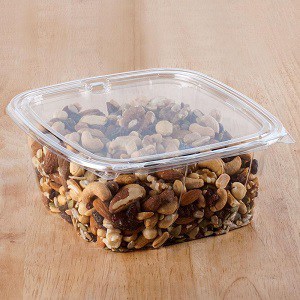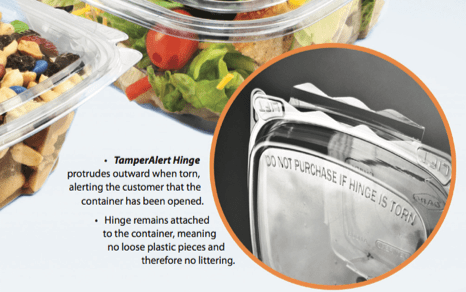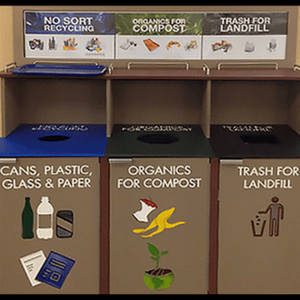Beyond Food Safety: Do You Have a Food Defense Plan?
Precautions to Take Against Intentional Food Contamination
 Here’s something to consider when putting together your HACCP-based food safety plan: intentional contamination.
Here’s something to consider when putting together your HACCP-based food safety plan: intentional contamination.
Most food safety plans are prepared, implemented, and monitored with the mindset of protecting the food supply from unintentional contamination as it moves through the chain of activity; from growing to transport to storage to preparation to service. Most plans focus on preventing or minimizing naturally occurring risks like biological, chemical, and physical hazards that can happen due to inappropriate processing, handling, and other system failures.
However, the food safety industry is adapting to a changing world. Many business owners are now considering what to do in case of an intentional act of contamination and how they can prevent and handle it.
A food defense plan (FDP) is the next evolution of a food safety plan. An FDP is developed, is managed, and is focused on the intentional contamination by someone intent on inflicting harm to individuals, to an organization, and/or to the public. Together with a food safety plan, an FDP helps ensure you are properly protected.
Creating Your Food Defense Plan
A solid FDP starts with the assumption that an individual or group intends to harm or create panic with your customers, or wants to create financial problems for your business. While creating your FDP, spend some time trying to anticipate this and finding ways to minimize the opportunities for this to happen.
Unfortunately, the first individuals to think about are within your operation. Disgruntled employees can easily become a threat and may want to seek retribution or retaliation. Employees have the advantage of accessing your food supply and preparation areas.
Here are a few basic starting points for developing your own food defense plan:
- Assess your vulnerabilities. Who has access to receiving, storage, preparation, and service areas?
- Is there a high potential for unsupervised access? Employee screening, training, and termination procedures should consider the potential for an individual to adulterate food and beverages without detection.
- Once you have determined your vulnerabilities, determine specific and realistic countermeasures for each.
- Think about how easy is it for a threat to get to your food or beverage supply and how you can tighten this up.

Crack-resistant ClearPac SafeSeal performs exceptionally in cold and freezing temperatures!
- In the case that your countermeasures are ineffective, set out a plan for your immediate response.
- Countermeasures should be integrated with all aspects of your organization’s planning processes (HACCP, recalls, and crisis management).
- Use tamper-resistant, tamper-evident containers as often as possible, like the Dart ClearPac SafeSeal products from Johnston.
- Periodically review, test, and update your plan.
Though the U.S. food supply is one of the safest in the world, there are very real threats that exist every day. You may feel it’s a burden to take the time to write an FDP, but failure to plan leaves your door open to all kinds of possible challenges.
To learn about the solutions we can customize for you, contact a Johnston representative at 800-800-7123 or by visiting our Contact Us page.


